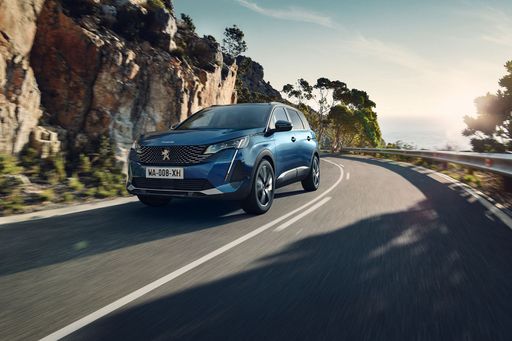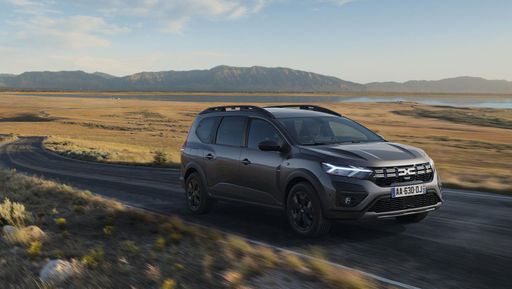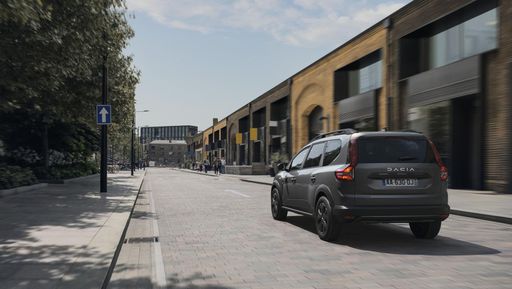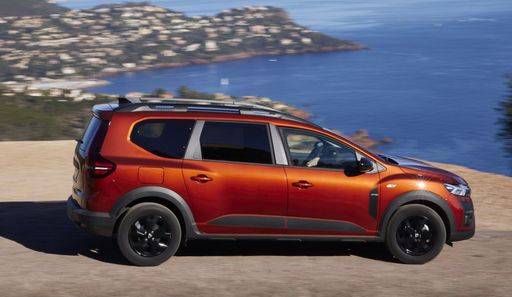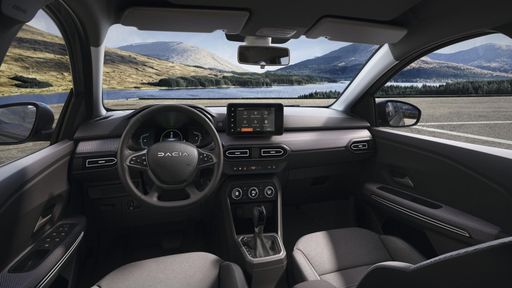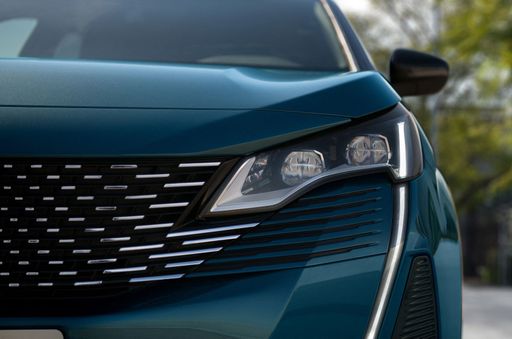Introduction: A Clash of Two Family Oriented Vehicles
As families continue to seek versatile and spacious vehicles, the Dacia Jogger and the Peugeot 5008 have emerged as popular choices in the MPV and SUV segments. With varying features, performance metrics, and latest innovations, this comparison aims to highlight the strengths and weaknesses of both models. Whether you prioritize efficiency, space, or technology, there’s something for everyone in this head-to-head face-off.

